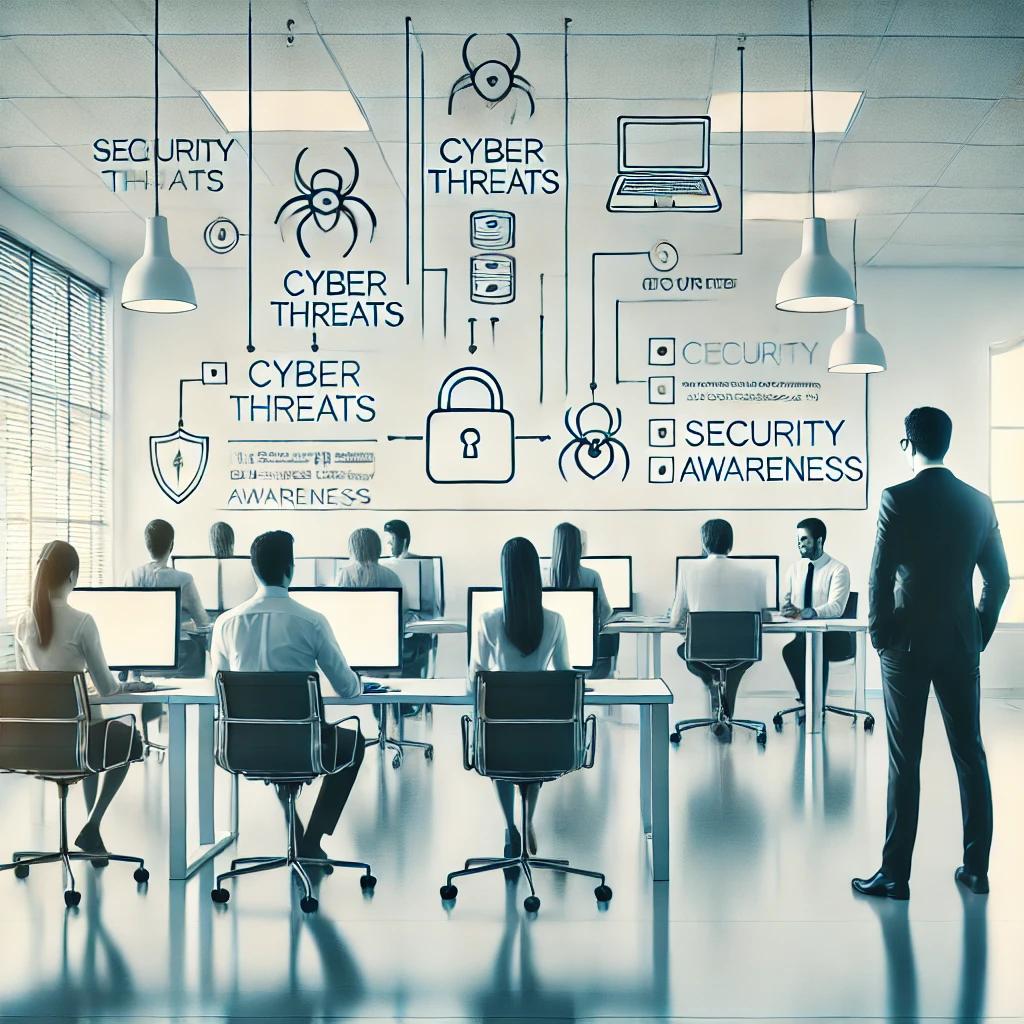In 2024, businesses face an unprecedented wave of cyber threats, making cybersecurity a critical priority. However, simply focusing on defense mechanisms is no longer sufficient. Companies are now adopting “cyber resilience” strategies that prioritize both protection and rapid recovery, ensuring business continuity even after breaches occur. With the rise of sophisticated cyberattacks, from phishing to AI-driven malware, understanding the nuances between cybersecurity and cyber resilience can mean the difference between survival and failure in the modern digital landscape.

Cybersecurity vs. Cyber Resilience: What’s the Difference?
Cybersecurity focuses on preventing unauthorized access, protecting systems, networks, and data from cyber threats. Traditional cybersecurity methods include firewalls, antivirus software, and encryption. While essential, these tools are no longer enough to defend against today’s advanced threats.
Cyber resilience, on the other hand, includes measures for both security and recovery. It ensures that even if a breach occurs, a business can quickly restore operations. This approach blends cybersecurity practices with risk management and continuity planning, which is especially crucial as cyberattacks become more complex and costly (Thoughtworks).
Why Cyber Resilience is Critical in 2024
The rising cost of cyberattacks highlights the importance of resilience. By the end of 2024, the global cost of cyber incidents is projected to exceed $10 trillion. This staggering figure is driven by the growing use of AI in cyber threats, including automated malware generation and sophisticated social engineering techniques, which can easily bypass traditional security measures (Gartner).
Furthermore, with organizations relying on digital infrastructures for nearly all business operations, a single successful breach can halt productivity and impact customer trust. Cyber resilience focuses on minimizing this downtime, allowing businesses to operate even amid ongoing threats.
Core Elements of a Cyber Resilience Strategy
1. Zero-Trust Security Model
The zero-trust model assumes no entity (inside or outside the network) is inherently trustworthy. Each access request is carefully authenticated, often using multi-factor authentication (MFA) and role-based access control. In 2024, zero-trust is becoming a fundamental component of resilience strategies, ensuring only verified users and devices can access sensitive information (Home of Technology News).
2. AI-Powered Threat Detection
Artificial intelligence has proven invaluable in identifying cyber threats by analyzing patterns and flagging anomalies in real time. Using machine learning, AI-driven security systems can detect unusual behaviors, potentially stopping cyberattacks before they cause damage. Many organizations now employ AI-powered solutions for continuous monitoring, significantly enhancing their cyber resilience (Pluralsight).
3. Data Encryption and Post-Quantum Security
As quantum computing advances, traditional encryption methods are at risk. Many companies are now adopting post-quantum cryptography, which uses algorithms designed to withstand quantum computing’s capabilities. Combined with standard encryption practices, post-quantum solutions offer robust protection for sensitive data in 2024 and beyond (Trending Topics).

4. Employee Training and Awareness
Human error remains one of the top causes of security breaches. Training employees to recognize phishing scams, avoid suspicious links, and implement secure password practices is vital. By increasing employee awareness, businesses can build a human firewall, effectively reducing the risk of successful social engineering attacks (Home of Technology News).
5. Incident Response and Recovery Plans
A key aspect of cyber resilience is a well-structured incident response plan. Businesses should have a documented process to detect, respond to, and recover from cyber incidents. Regularly testing these plans through simulations and drills can ensure the organization is prepared for real-world events, reducing downtime and preserving customer confidence during and after a breach (Gartner).
Emerging Trends in Cyber Resilience for 2024
- Automated Recovery Systems
Automated systems for backup and recovery have advanced, allowing businesses to restore operations quickly after an attack. In 2024, many companies are investing in AI-driven recovery solutions that minimize manual intervention, making it faster and easier to resume business functions following a cyber event. - Integration of Cyber and Physical Security
As IoT devices and smart infrastructure proliferate, the convergence of cyber and physical security has become essential. Integrated systems can detect both digital and physical anomalies, providing a comprehensive defense strategy that addresses vulnerabilities across all facets of business operations. - Cyber Resilience in Supply Chains
Third-party vendors and supply chains are increasingly targeted by cybercriminals. Resilience measures are now extending to the supply chain, where businesses conduct risk assessments, implement vendor controls, and ensure that suppliers adhere to robust security standards to prevent cascading disruptions (Trending Topics).
Steps to Building a Resilient Business
To build cyber resilience, companies should start with a risk assessment to identify critical assets and vulnerabilities. Based on these insights, they can implement targeted strategies such as adopting zero-trust, enhancing employee training, and investing in automated recovery tools. Regular audits and updates to security practices are essential to keeping up with the evolving threat landscape.
Conclusion
Cyber resilience is not just a trend but a necessary evolution in cybersecurity. As threats grow in complexity and frequency, companies that integrate resilience into their strategies will be better positioned to navigate the risks of 2024 and beyond. By focusing on both defense and recovery, organizations can ensure they not only withstand cyber threats but also maintain customer trust and operational continuity in an increasingly digital world.
In the words of cybersecurity expert Linda Yao, “More businesses are tying technology adoption to business outcomes…ensuring their IT deployment supports sustainability and customer trust” (Home of Technology News). This balanced approach of prevention and resilience is critical for any business aiming to thrive in today’s cyber-risk landscape.

For any inquiries regarding special effects, robotics, A.I technology or live event production, contact TLC Creative.

